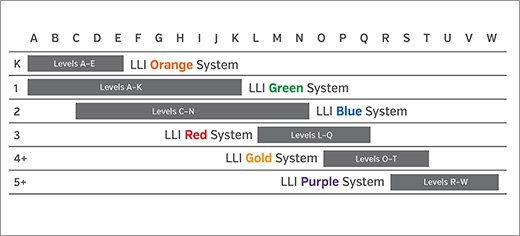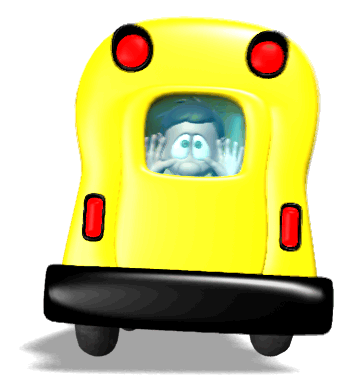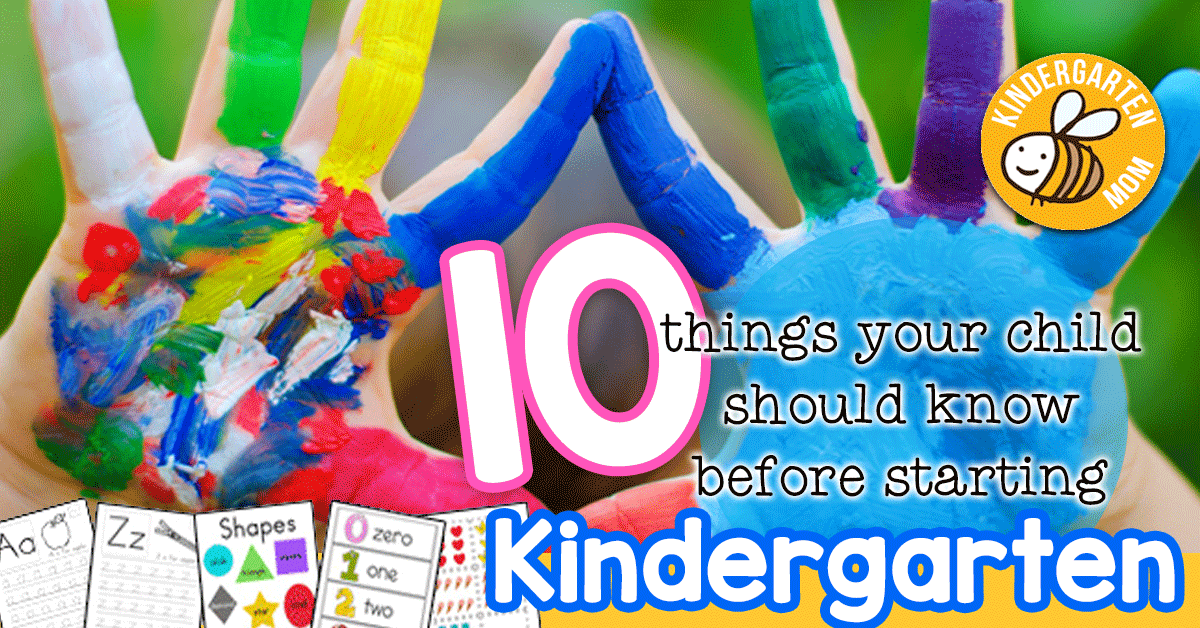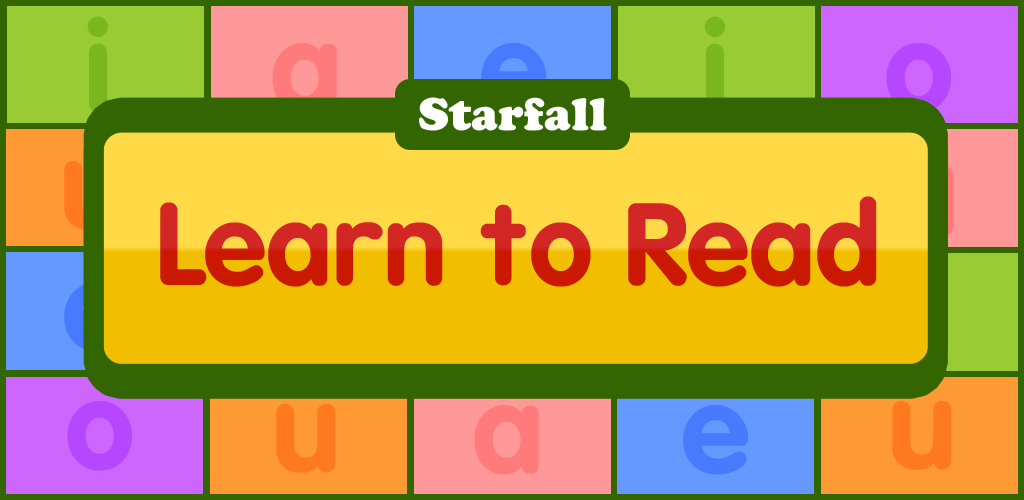Kindergarten- Ms. Conforti's Busy Bees
As parents, you are your child's most influential teacher with an important part to play in helping your child to learn to read.
Here are some suggestions on how you can help to make this a positive experience.
1. Set a good example
Help your child see that reading is important! Set a good example for your child by reading books, newspapers, and magazines. Create a quiet, special place in your home for your child to read, write and draw. Keep books and other reading materials where your child can easily reach them.
2. Introduce new words
Discuss new words. For example, "This big house is called a palace. Who do you think lives in a palace?" Point out the printed words in your home and other places you take your child such as the grocery store. Spend as much time listening to your child as you do talking to him.
3. Make reading enjoyable
Make reading an enjoyable experience. Sit with your child. Try not to pressure if he or she is reluctant. If your child loses interest then do something else.
4. Maintain the flow
If your child mispronounces a word do not interrupt immediately. Instead, allow the opportunity for self-correction. It is better to tell a child some unknown words to maintain the flow rather than insisting on trying to build them all up from the sounds of the letters. If your child does try to 'sound out' words, encourage the use of letter sounds rather than 'alphabet names'.
5. Be positive
If your child says something nearly right to start with that is fine. Don't say 'No. That's wrong,' but 'Let's read it together' and point to the words as you say them. Boost your child's confidence with constant praise for even the smallest achievement.
6. Talk about the books
There is more to being a good reader than just being able to read the words accurately. Just as important is being able to understand what has been read. Always talk to your child about the book; about the pictures, the characters, how they think the story will end, their favorite part. You will then be able to see how well they have understood and you will help them to develop good comprehension skills.
7. Begin collecting books
Encourage your child to use the public library regularly. Help your child start a home library; paperback books are fine. Encourage your child to swap books with friends. Check used bookstores. Give books as gifts.
Use the "Rule of Thumb" to see if a book is on your children's reading level: Have them read a page of the book aloud. Have them hold up one finger for each word they don't know. If they hold up four fingers and a thumb before the end of the page, the book is probably too hard for them to read alone. But it might be a great book to read aloud.
8. Variety is important
Remember children need to experience a variety of reading materials eg. picture books, hard backs, comics, magazines, poems, and information books.
9. Reading on the go . . .
Take books and writing materials with you whenever you leave home. This gives your child fun activities to entertain and occupy him while traveling and going to the doctor's office or other appointments.
10. Communicate with teachers
Be knowledgeable about your children's progress! Talk with your child’s teacher and other specialists at your school if you have any concerns about your child’s reading or progress.
Most importantly . . . Read with your child EVERY day!
A great resource for students in Kindergarten and first grade. This site reinforces literacy skills such as letter names, letter sounds, beginning sounds, word families, and beginning reading skills.
Use this link - www.starfall.com
Learning to read is one of the most important skills your child will learn. Reading Eggs helps parents and home educators support their child’s reading journey from the very beginning, and grows with them at their own pace.
Please sign into this program 2x a week.
Use this link - www.readingeggs.com
Strategy #1: Sky Writing
- Student finger traces letters of the word in the deck while saying each letter out loud.
- Student uses extended arm and pointed finger to write each letter in the air while saying each letter as it is written.
- Repeat 3 times per word in the deck.
Strategy #2: Read it, Type it, Write it
- Place green key board and card deck in front of student on a desk or table.
- Student finger traces letters of the word in the deck while saying each letter out loud.
- Student types each letter while saying it out loud, then hits “enter” to signify the word being blended together. Type each word 3 times.
- Flip the paper over and write the word from memory 3 times. Check using word card. Be mindful of handwriting and neatness (high and low letters).
- Students will then use it correctly in a sentence that shows they understand the meaning of the sight word.
Strategy #3: Arm Spelling
- Ask student to hold card deck in non-writing hand, and extend arm all the way out in front of them.
- Starting at the shoulder, tap each letter on a new spot on the arm moving towards the wrist.
- Swipe from the shoulder down to wrist and word is repeated at the end.
- Repeat 3 times.
Leveled Literacy Intervention (LLI)
The Fountas & Pinnell Leveled Literacy Intervention is a powerful, short-term intervention, that provides daily, intensive, small-group instruction, which supplements classroom literacy teaching. LLI turns struggling readers into successful readers with engaging leveled books and fast-paced, systematically designed lessons
Any Kindergarten student who is still struggling to read in January, will get asked to join this reading intervention program.
LLI Orange books-LLi orange books

 See you tomorrow! Don't forget to read and play
See you tomorrow! Don't forget to read and play 





